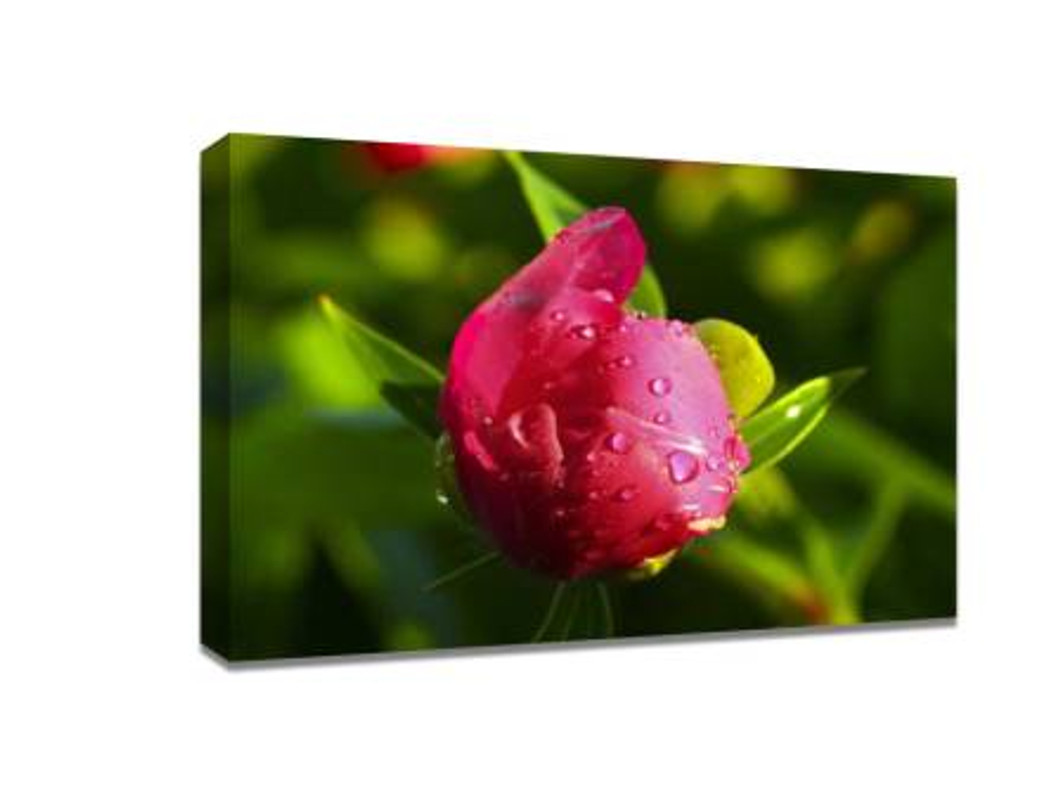Shooting Skills Under Various Conditions: Capture Stunning Photos for Canvas Prints
Whether you are an amateur or a seasoned photographer, capturing the perfect shot in varying conditions can be challenging. From low light environments to bright sunny days, each scenario requires a unique approach to ensure your photos look professional and can later be transformed into stunning photo on canvas. In this guide, we will explore essential shooting skills under different conditions, practical tips, and strategies to elevate your photography and create images that truly shine when printed on canvas.
1. Shooting in Low Light Conditions
Low light photography is one of the most common challenges photographers face. Poor lighting can lead to grainy images, motion blur, and dull colors. To overcome these issues:
-
Use a tripod: Stability is key to avoiding blurred images caused by slow shutter speeds.
-
Increase ISO cautiously: While increasing ISO brightens the image, too high ISO can create noise. Find a balance for your camera.
-
Use a wide aperture: A wide aperture (low f-number) allows more light into the camera, enhancing brightness and clarity.
-
Consider external lighting: Portable LED lights or reflectors can help illuminate your subject without altering the natural mood.
These techniques help preserve detail and color vibrancy, which is essential when turning your photos into canvas prints that showcase every nuance of your original shot.
2. Shooting in Bright Sunlight
Bright sunlight can create harsh shadows and overexposed areas. To capture well-balanced images:
-
Shoot during golden hours: Early morning or late afternoon provides soft, warm light, reducing harsh contrasts.
-
Use reflectors or diffusers: These tools help control shadows and distribute light evenly across your subject.
-
Mind the direction of light: Position your subject or camera to avoid unwanted glare and squinting, especially for portrait photography.
-
Adjust camera settings: Lowering the ISO and using a faster shutter speed helps prevent overexposure in sunny conditions.
Proper handling of sunlight ensures your images retain natural color and dynamic range, making them ideal for high-quality canvas prints.
3. Indoor Photography Tips
Indoor settings often have limited or artificial lighting, which can affect the mood and quality of your photos. To achieve professional results:
-
Leverage natural light: Position your subject near windows to use soft, natural light.
-
Control white balance: Adjust your camera to match indoor lighting (tungsten, fluorescent, or LED) to maintain accurate colors.
-
Use tripods and stabilizers: Slow shutter speeds indoors require stability to avoid blur.
-
Incorporate ambient lighting: Combining multiple light sources can create depth and highlight details.
Indoor photography skills are crucial for personal portraits, family gatherings, or product photography you want to turn into long-lasting canvas art.
4. Capturing Landscapes and Outdoor Scenes
Landscape photography involves a variety of natural conditions such as cloudy skies, windy environments, or uneven terrain. Key strategies include:
-
Plan your timing: Weather and time of day greatly affect the mood and lighting of your photos.
-
Use a tripod for stability: Especially important for panoramic shots or long exposure photography.
-
Consider composition carefully: Leading lines, the rule of thirds, and framing elements enhance visual appeal.
-
Protect your gear: Outdoor conditions can be harsh; weatherproof bags and lens filters help maintain equipment integrity.
Capturing landscapes with these techniques produces vibrant, detailed images that transfer beautifully onto large canvas prints.
5. Portrait Photography in Various Conditions
Portraits are highly sensitive to lighting and environment. Tips for shooting consistent, flattering images include:
-
Diffuse direct light: Softboxes or sheer curtains help reduce harsh shadows on faces.
-
Engage your subject: Natural expressions translate better in photographs and later on canvas.
-
Experiment with angles: High or low camera angles, combined with different focal lengths, can dramatically alter the mood.
-
Background selection: Choose simple or complementary backgrounds to highlight your subject without distractions.
Mastering portrait photography ensures your personal or professional images stand out when showcased as canvas prints.
6. Post-Processing for Canvas-Ready Photos
No matter how skilled you are at capturing the perfect shot, post-processing can elevate your images to canvas-ready quality:
-
Enhance color and contrast: Subtle adjustments bring out details without over-editing.
-
Sharpen and clean: Remove noise, dust, or minor imperfections.
-
Maintain high resolution: Ensure your files are large enough for crisp printing on canvas.
By refining your photos digitally, you can guarantee the final photo on canvas product captures every detail and color vibrancy, offering a visually stunning result that preserves your artistic vision.
Mastering photography under various conditions is essential for creating images that look amazing on canvas. Whether shooting in low light, bright sunlight, indoors, or capturing landscapes and portraits, applying these skills ensures your photos are vibrant, clear, and memorable. With careful attention to lighting, composition, and post-processing, your shots will transform into timeless photo on canvas that can be cherished for years.
Recent Posts
-
Top 5 Affordable Canvas Print Ideas for Your Children's Room
When it comes to decorating your child's room, it's important to create a space that feels as fun, p …8th Dec 2025 -
Common Mistakes to Avoid When Ordering Panoramic Canvas Prints
Panoramic canvas prints are an amazing way to showcase breathtaking landscapes, family memories, or …8th Dec 2025 -
Cheapest Canvas Prints Australia: Ideal Gift Ideas That Won’t Break the Bank
Finding meaningful gifts doesn’t have to drain your wallet—especially when personalised decor is mor …5th Dec 2025
